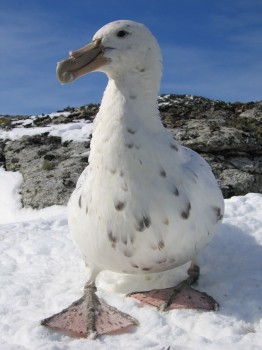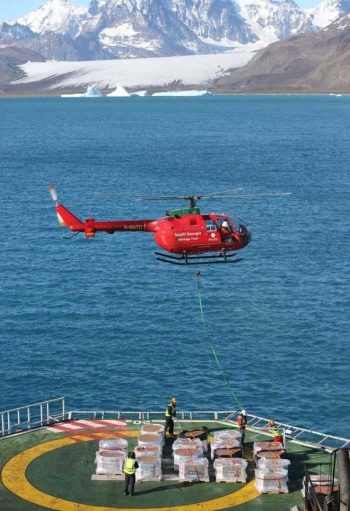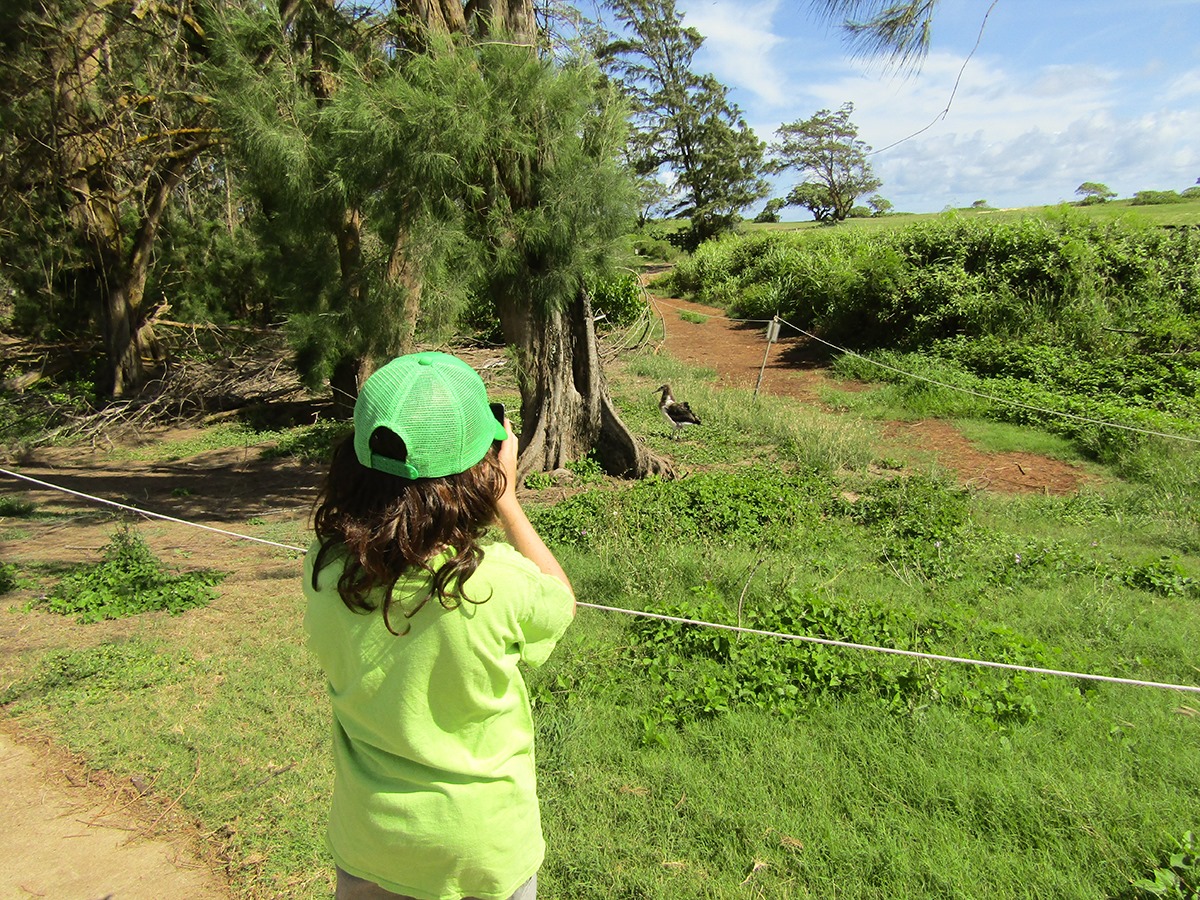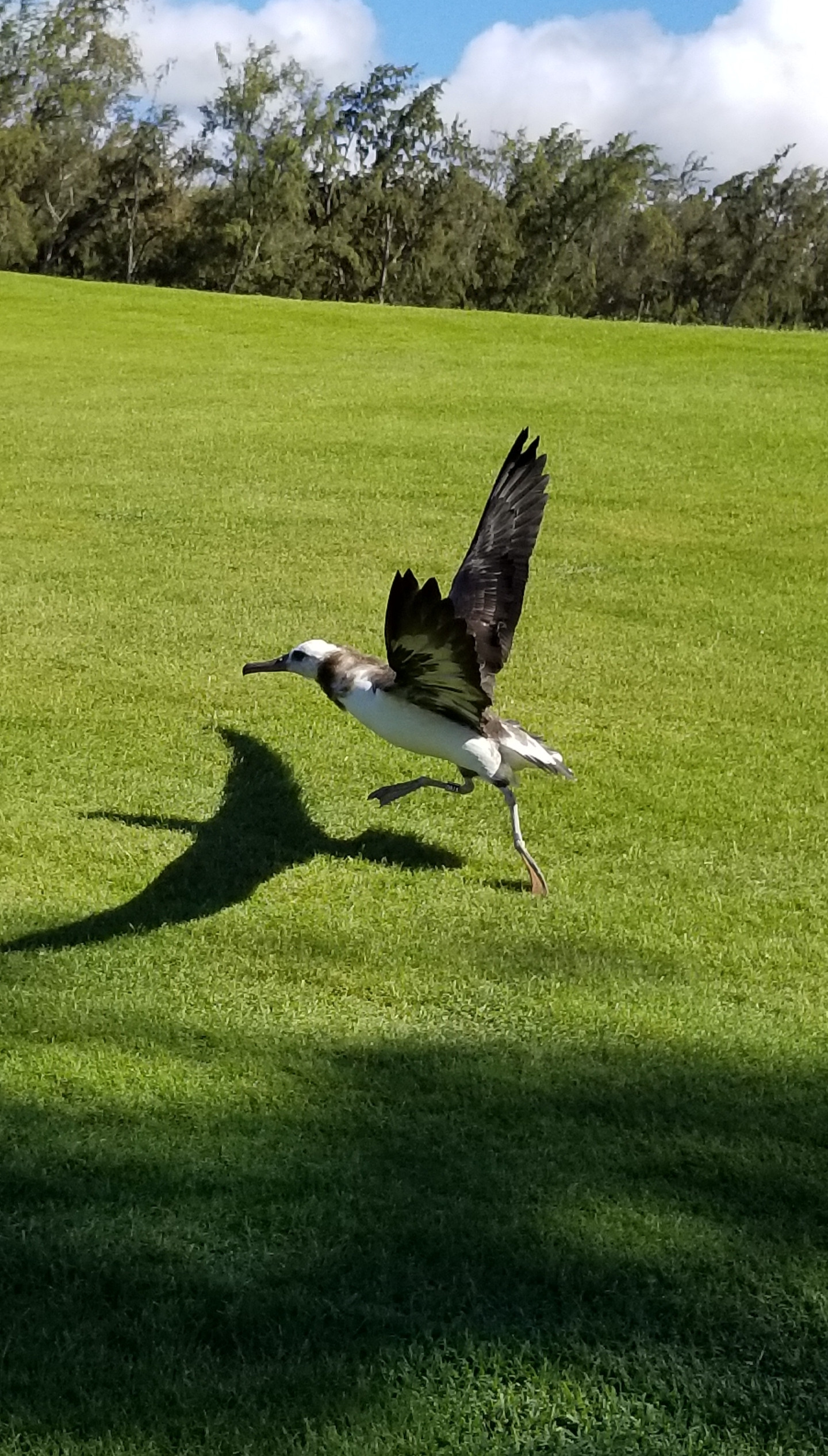The Agreement on the Conservation of Albatrosses and Petrels (ACAP) is an inter-governmental Agreement that seeks to achieve and maintain a favourable conservation status for species listed under its Annex 1.
Applications are sought to undertake a secondment under the ACAP Secondment Programme for the purpose of building capacity within Parties, and as a means of achieving tasks within the current work programmes of the Advisory Committee (see Annex 4 AC11 Report) and Secretariat (see Annex 5 AC11 Report).
Funding is available for travel and living costs associated with secondees undertaking a placement at a host organisation, including the Agreement’s Secretariat in Hobart.
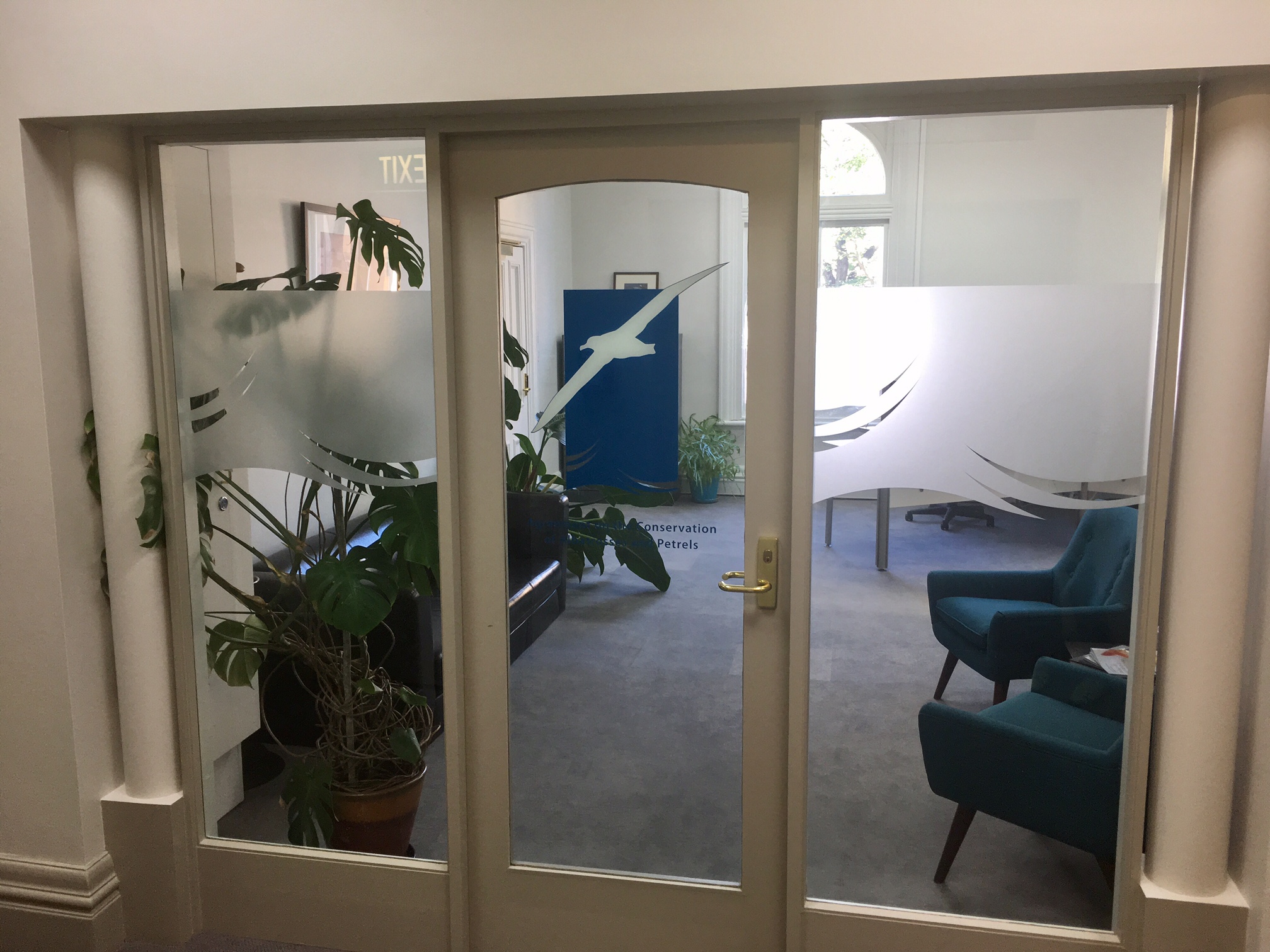
Entrance to the ACAP Secretariat's offices in Hobart, Australia, photograph by John Cooper
It is expected that the proposed secondment will meet the following criteria:
- The work to be undertaken addresses a task identified in the Advisory Committee’s or Secretariat’s Work Programme, and/or is deemed to be of high importance to achievement of the Agreement’s objective.
- The task proposed is international in nature (e.g. the outcomes will be of relevance to more than one country).
- The task to be undertaken has a capacity-building focus.
- The funds allocated will be primarily used for travel, accommodation and per diem costs. Funds will not be used for the purpose of paying salaries. It is expected that the applicant’s institution will continue to pay the applicant’s salary.
- The applicant has received in-principle agreement from the host organisation to host this work.
Applicants are encouraged to contact the relevant Working Group Convenor, the Advisory Committee Chair, Vice-chair, or the
Applications will only be accepted from ACAP Parties. Proposals are to be submitted by the relevant ACAP National Contact Points to the
Applications must be received by the
ACAP Secretariat, 26 August 2019

 English
English  Français
Français  Español
Español 